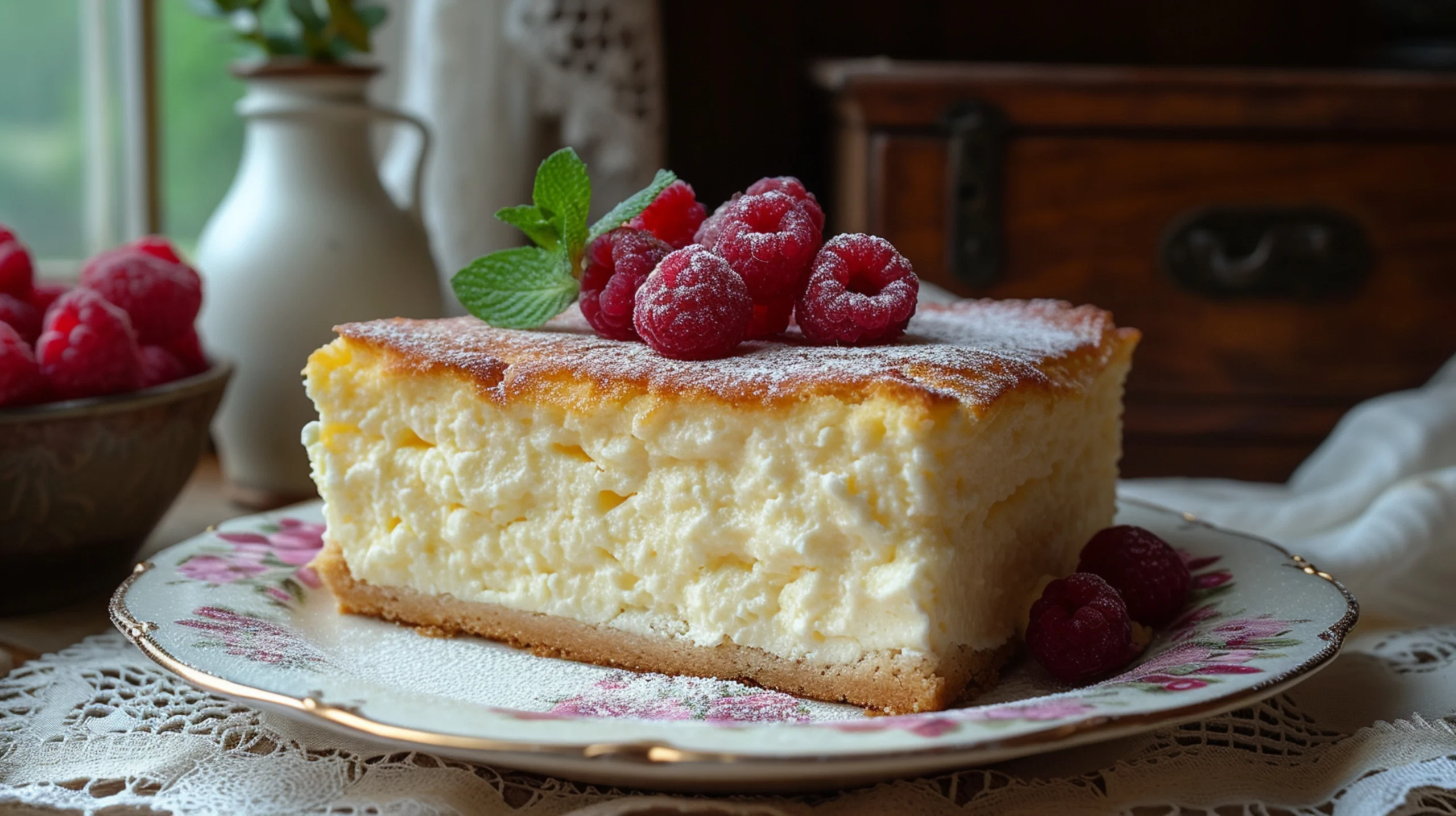When it comes to baking, yogurt is a game-changer. Whether you’re aiming for a moist crumb, a tender texture, or a subtle tang, incorporating yogurt into your cake recipes can elevate your baking to a whole new level. This article explores the multifaceted role that yogurt plays in cakes, offering insights into the science behind it, its benefits, and how to make the most of this versatile ingredient in your baking endeavors.
Introduction to Yogurt in Baking
Baking with yogurt isn’t just about adding a random ingredient to your cake. It’s about transforming your cake into a masterpiece. Yogurt is known for its ability to keep cakes moist while adding a slight tang that enhances the overall flavor profile. The use of yogurt in baking is widespread, and for good reason.
- Why Use Yogurt in Cakes?
- Adds moisture, keeping the cake tender and soft.
- Enhances the flavor with a subtle tanginess.
- Contributes to the cake’s rise by reacting with baking soda.
Health Benefits: Unlike other ingredients such as butter or oil, yogurt can lower the calorie content, making it a healthier alternative.
The Science Behind Yogurt in Cakes
Yogurt’s role in baking is rooted in science. When yogurt is mixed with baking soda or baking powder, the acidic nature of yogurt reacts with these leavening agents to create carbon dioxide. This reaction is crucial for achieving a light and airy cake texture.
- Moisture and Tenderness:
- Yogurt adds a creamy texture to the batter, which results in a moist crumb.
- The proteins in yogurt contribute to a tender texture that melts in your mouth.
For more detailed information on how yogurt interacts with other ingredients, you can refer to How to Bake with Greek Yogurt.
Benefits of Using Yogurt in Cakes
Yogurt is not just an ingredient; it’s a multi-functional component that can significantly alter the outcome of your baking. Here’s how:
- Enhancing Moisture and Texture:
- Yogurt has a high water content, which adds moisture to the cake.
- It creates a soft and tender crumb that is often difficult to achieve with other ingredients.
- Flavor Enhancer:
- Yogurt provides a delicate tanginess that balances out the sweetness.
- It can subtly enhance the other flavors in your recipe, making it more complex and satisfying.
To understand more about the science behind these benefits, check out Understanding the Science of Baking.
Yogurt as a Substitute in Baking
One of the most common uses of yogurt in baking is as a substitute for other ingredients. Whether you’re looking to replace fats, oils, or even eggs, yogurt can be your go-to solution.
- Replacing Fats and Oils:
- Yogurt can replace butter or oil, reducing the fat content of your cake.
- It maintains the richness while lowering calories, making it a healthier choice.
- Replacing Eggs in Vegan Baking:
- Yogurt can serve as an egg substitute in vegan recipes.
- Its binding properties ensure that the cake holds together without the need for eggs.
For those looking to explore yogurt-based cakes, the Oatmeal Yogurt Apple Cake Recipe is a perfect starting point.
Types of Yogurt Used in Baking
Not all yogurts are created equal. The type of yogurt you use can have a significant impact on your cake’s texture, moisture, and flavor.
- Greek Yogurt vs. Regular Yogurt:
- Greek yogurt is thicker and creamier, making it ideal and denser.
- Regular yogurt is lighter and can create a softer, fluffier cake.
- Flavored vs. Plain Yogurt:
- Flavored yogurts can add an extra layer of taste, but you need to adjust the sugar content accordingly.
- Plain yogurt is versatile and can be used in almost any cake recipe without altering the flavor profile too much.
Yogurt Cake Recipes and Variations
Yogurt cakes come in various forms, each with its own unique twist. Here are some popular yogurt cake recipes:
- Classic Yogurt Cake Recipes:
- Lemon Yogurt Cake: A classic, where the tanginess of it complements the citrusy flavor of lemon.
- Vanilla Yogurt Cake: A simple yet elegant cake, where yogurt adds a moist texture.
- Creative Twists on Yogurt Cakes:
- Chocolate Yogurt Cake: For chocolate lovers, adding yogurt makes the cake extra moist and rich.
- Berry Yogurt Cake: Incorporating fresh berries into it adds a burst of flavor and color.
Frequently Asked Questions (FAQs)
Here are some commonly asked questions about baking with yogurt:
- What does yogurt replace in baking?
- Yogurt can replace ingredients like butter, oil, or even eggs, depending on the recipe.
- Can I use non-dairy yogurt in cakes?
- Yes, non-dairy yogurts like almond or coconut yogurt can be used as substitutes.
- How does yogurt affect the baking time?
- Yogurt can slightly alter the baking time, usually by increasing it due to the added moisture.
- Is yogurt healthier than other cake ingredients?
- Yes, yogurt is often lower in fat and calories compared to butter or oil, making it a healthier alternative.
Conclusion
Incorporating yogurt into your recipes is not just about following a trend; it’s about enhancing your cakes in ways that other ingredients simply can’t. Whether you’re after moisture, flavor, or a healthier alternative, yogurt has you covered. So, the next time you’re baking a cake, don’t forget to add a dollop of yogurt—you won’t regret it!
For more delicious yogurt-based recipes, you might want to check out this article on a healthy oatmeal yogurt apple cake.

